Try These Easy To Use Vegetable Garden Planning Spreadsheets
As an Amazon Associate and member of other affiliate programs, I earn from qualifying purchases.
Are you ready to plan your vegetable garden, but feeling a little overwhelmed with the process?
Planning a vegetable garden isn’t supposed to be difficult. First, you decide what you want to grow and then you plant it, right?
On one hand, it really is that simple, but when your goal is to grow lots of vegetables, herbs, and fruit to feed your family, it can be hard to know exactly what and when to plant your garden in the spring and fall.
Add to that that you probably want to start most of your vegetable garden from seed, and it can get a little complicated if you don’t have a lot of gardening experience.
Some of the questions you may be asking when planning your veggie garden are:
How many plants do I need?
This all depends on how many people you’re trying to feed and what you like to eat. For a family of four, you can easily be considering growing a significant quantity of up to 40 or more veggies, fruits, and herbs.
When do I plant? Spring? Fall? Both?
Depending on where you live, some crops can be planted in both the spring and fall but they’ll do better in one season than the other. And of course that all depends on your first and last frost date, too.
How long before your last frost should you start the seeds?
Figuring out the perfect time to get your plants started can be a little confusing. It’s not necessarily difficult, but it can be kind of a hassle when you’re just starting out.
And if you get the dates wrong or forget to look it up before it’s too late, then you might lose your chance.
Using this vegetable garden planner makes it quick and easy.
I created the Ultimate Garden Planning Spreadsheets to help me get organized so I don’t miss planting dates and can keep track of which and how many plants I want to grow.
And let me tell you, it’s so much simpler to let the computer do the work!
The spreadsheets have been updated and improved for 2019 with an easy to use garden planner. I set them up so that you just enter your first and last frost dates, how many people you’re trying to feed, and you get a ready-made grow list that’s easy to use.
What all can these spreadsheets help you do?
- List out all the plants you want to grow
- Calculate how many plants you need
- Determine ideal seed starting dates
- Guide you on when to plant in your garden
- Help you choose which plants to grow in containers and which can grow vertically
- Plan for succession plantings
- Keep track of your garden successes and troubles
- Plot out a fall garden
- Think ahead to preserving your harvest
- Seed starting tips
Yes, they really are that cool!
Interested to learn more? Watch this video walkthrough of the spreadsheets.
The vegetable garden planning spreadsheets make growing your own food easier and more fun.
This set of spreadsheets is perfect for busy families who have a lot going on with school, work, and extracurricular activities. The spreadsheet helps you stay organized and includes all the information that you need to have a successful garden this year.
Once you have your copy of the spreadsheets, simply add the dates to your calendar and set up reminders that say, ‘Hey, it’s time to plant tomatoes!” and “Hey, you need to start your pepper seeds!”
Gardening isn’t my strong point and this is going to help me a lot! I’m learning so much from you! This also makes me excited to garden again!
Meghan Nowlin, The Organic Goat Lady
The Ultimate Garden Planning Spreadsheets are really, super helpful!
Included is a list of veggies and fruits that are commonly grown in home gardens, and for each type of crop, the spreadsheet will tell you how they needed to be started: start seeds indoors, direct seed in the garden, or buy plants.
Know exact dates to start YOUR seeds indoors, direct seed YOUR garden, and plant each type of crop listed.
The spreadsheet automatically calculates these dates that are based on your first and last frost dates.
The spreadsheets are a great help. They calculate when to start seeds indoors and when to direct sow seeds outdoors – that’s such a pain to do manually. Plus, you get a spreadsheet that calculates how much of each vegetable you should grow. That’s where I needed help, I plant too much, and then it’s too much work! I’ll save a lot more than the $12.00 it costs for the book and spreadsheets!”-Lesa of Better Hens and Gardens
When you’re planning your garden, each type of plant has a specific recommendation. For example, you should start your tomatoes 8 weeks before your planting date which is two weeks after your last frost date.
But cabbage should be started 6 weeks before your planting date which is 2 weeks before your last frost date.
Ahhh! That get’s confusing!
So the spreadsheet is set to figure out all the dates based on YOUR frost dates. It’s So. Much. Easier!
Plus there’s a whole bunch of other stuff!
Germination temps for seed starts are grouped into two temperature categories for simplicity. Those that like the cooler temp (70) and those that like the warmer temp (80).
These temps are just averages of the range that is recommended for each type of plant, but it’s much easier to remember just 2 temps. In the spreadsheet, it’s super easy because the temps are color-coded so you can quickly see which seeds will germinate at the same temp.
Also included are maximum days to germination. This is important so you can easily reference how long it should take for your seeds to pop.
And you’ll know when you need to start investigating causes for poor germination or if you can just give them a little more time.
There’s even a calculator to help you determine how many plants you need and how much space that number of plants will need to grow.
So it sounds pretty awesome, right?
The first word that came to mind after playing around with Laura’s spreadsheet was, “Magic!”
-Staci Samuels, A Chick And Her Garden
Use the journal sheets to keep track of your garden from year to year
The spreadsheets include some space for tracking garden success and failures throughout the years in a journal section where you can make notes about which varieties had the best germination rates and whether the plant was distinctly productive, difficult to grow, or delightfully tasty.
You do keep a vegetable garden journal, don’t you?
There’s even space for keeping track of your food storage.
I want to help you grow A LOT of food! And I want you to be successful!
So I bundled the spreadsheets with a printable garden journal and my ebook about seed starting in a special Beginner Gardening Bundle.
I know you can grow food, and I know this will help you!
Not ready to buy? That’s okay! Let’s stay in touch anyway!
Sign up for my newsletter, and I’ll send you my free book ‘Three Secrets To Growing The Best Garden Ever!”
Inside the free book, you’ll get a sneak peek of the veggies that I’ve included in the spreadsheets and a few tips on how to plan what to grow in your garden this year.
It’s totally free, but only for subscribers. 🙂 Click here to learn more.


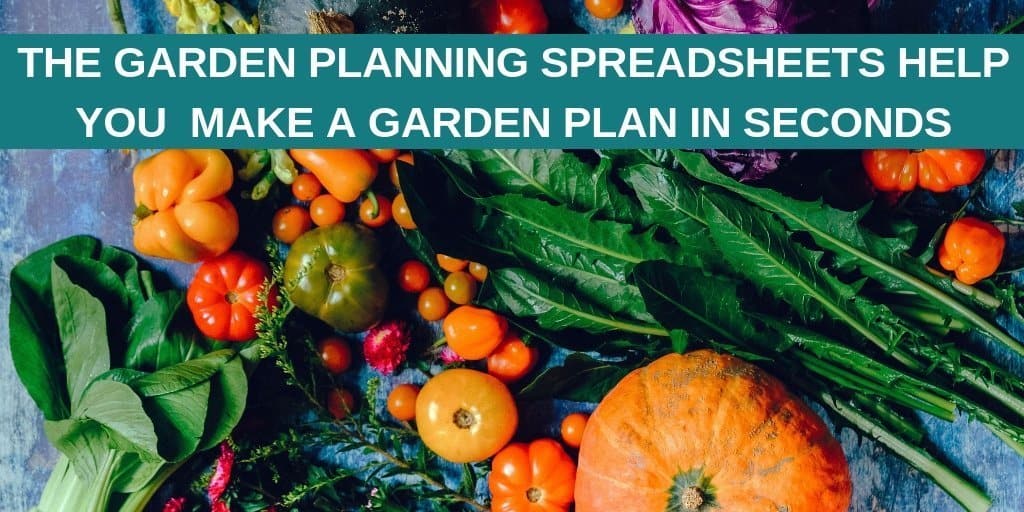

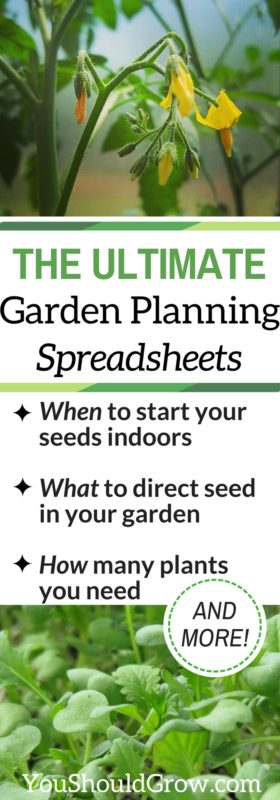
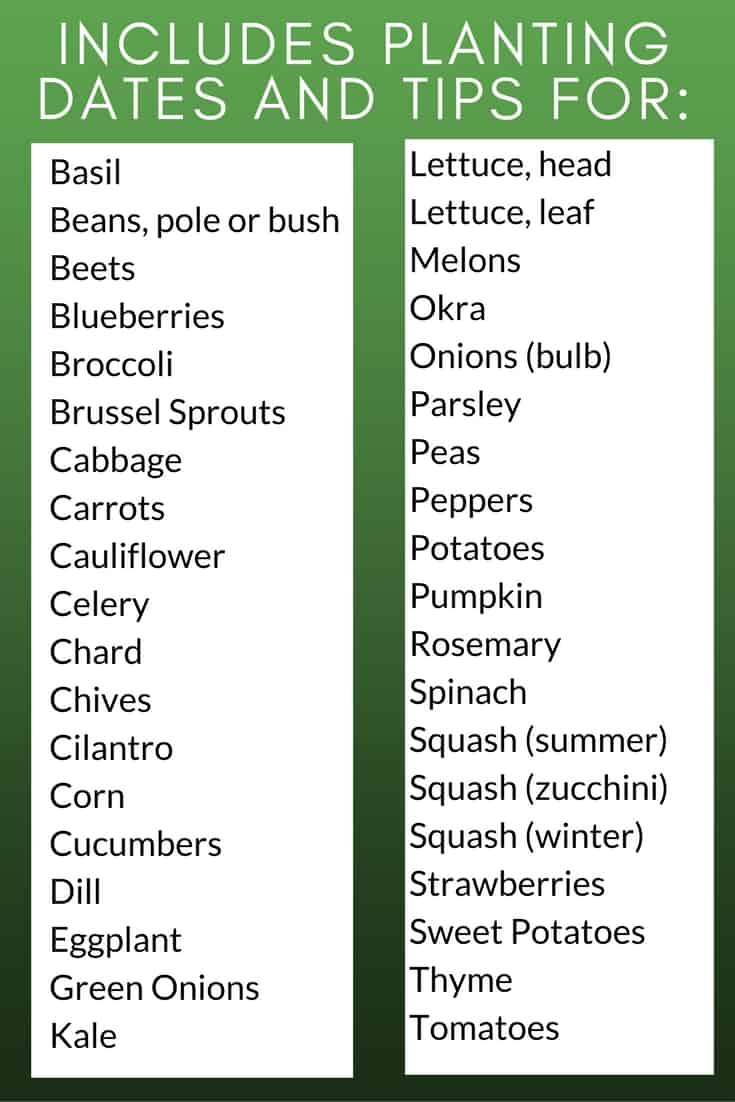
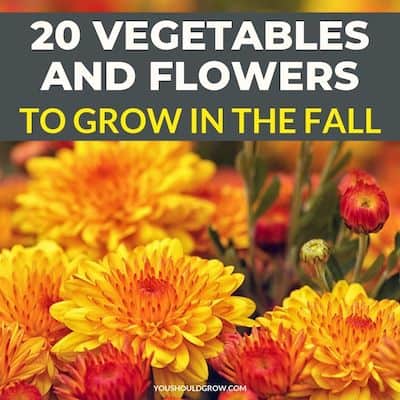
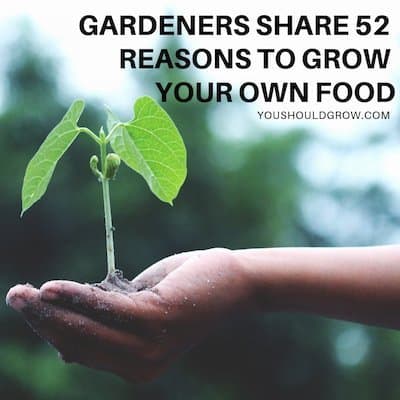
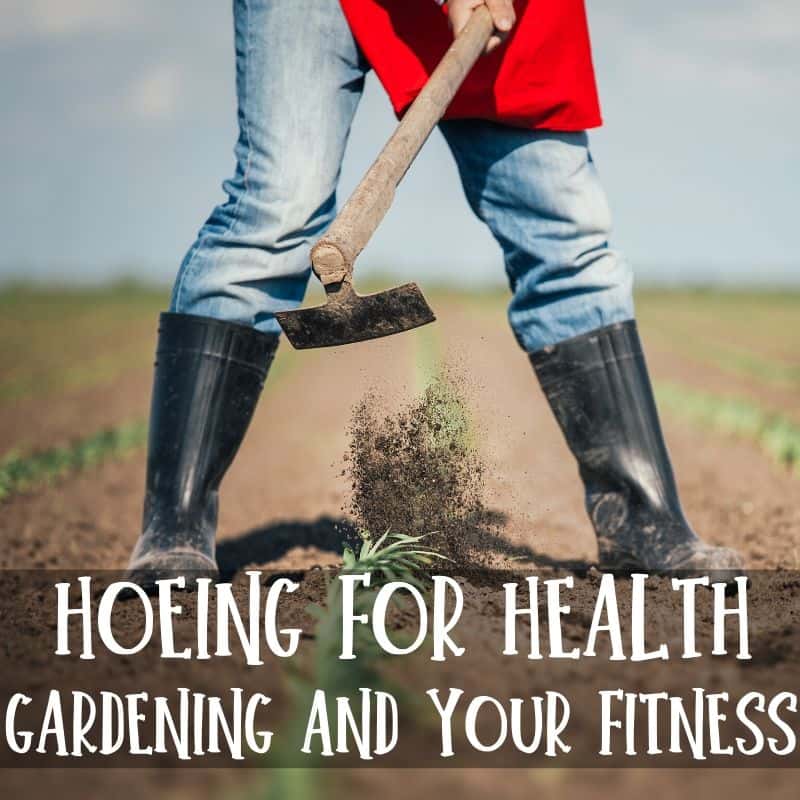
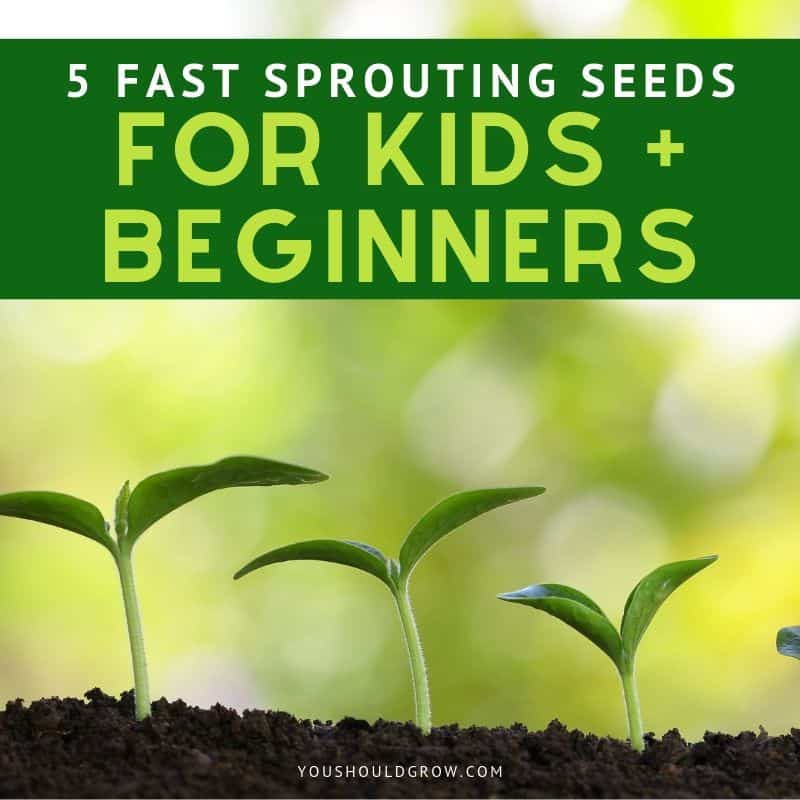

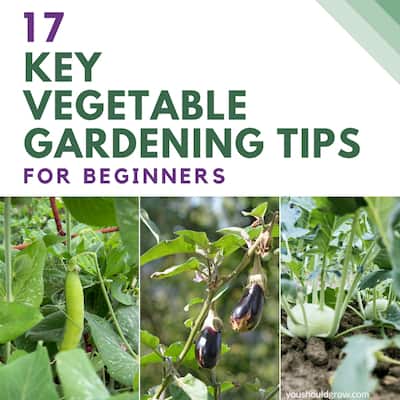
when I attempted to purchase both the spreadsheet and seed starting books after pressing the $12.00 – Purchase button I was taken directly to Checkout – no opportunity to complete any information. Is there an alternative to ordering these?
Thank you
Hi Teresa! How frustrating! Thank you for bringing this to my attention, and I apologize for the trouble! I’m working to figure this out right now, but in the meantime, the link at the bottom of https://youshouldgrow.com/seed-starting-beginners is working. Update: the links are all working now. 🙂
Hi Laura,
Will your spreadsheet work with UK growing seasons or is it specifically based on the US?
Hi, Fiona! My experience is only with growing in the US. However, they are not based on us growing zones, but rather on dates and number of weeks. So I suppose they would work for the UK. Please send me your specific concerns to laura at youshouldgrow.com, and I’ll be happy to look into it in more detail. 🙂
Hello I’m in Western Australian will this program be adaptable to work there? Cheers
Hey, Matt! It calculates planting dates simply by counting backward or forward based on what you enter for your frost date. I don’t see why it wouldn’t work for you. Let me know if you have other questions. 🙂
Is there any plans to add secession planting. I plant every 2-3 weeks to keep the harvest going all fall
I do have an updated version that includes notes on how often you can succession plant. I could make a separate sheet that calculates succession planting dates for you. I’ll add that in and leave another comment here when I’m done!
Thanks so much, it is appreciated
Okay, the spreadsheets are updated with a few new features including a sheet for succession planting dates. If you decide to purchase, please let me know what you think of the addition. 🙂
Love this. But, I’m wondering how can I add more vegetables & fruits ~ I didn’t see parsnips, bok choy, rutabaga, kohlrabi & grains. Also, is there going to be another update which will include thing’s like companion plants & fertilizer specifics (for plants during season & for soil recovery in off-season)? Like you said, this is a good ‘for beginners’ guide. As I am a mature woman & not as tech savvy, I would hate to lose such a wonderful layout, but, would relish a more detailed/advanced guide. Anyway, Great Job!